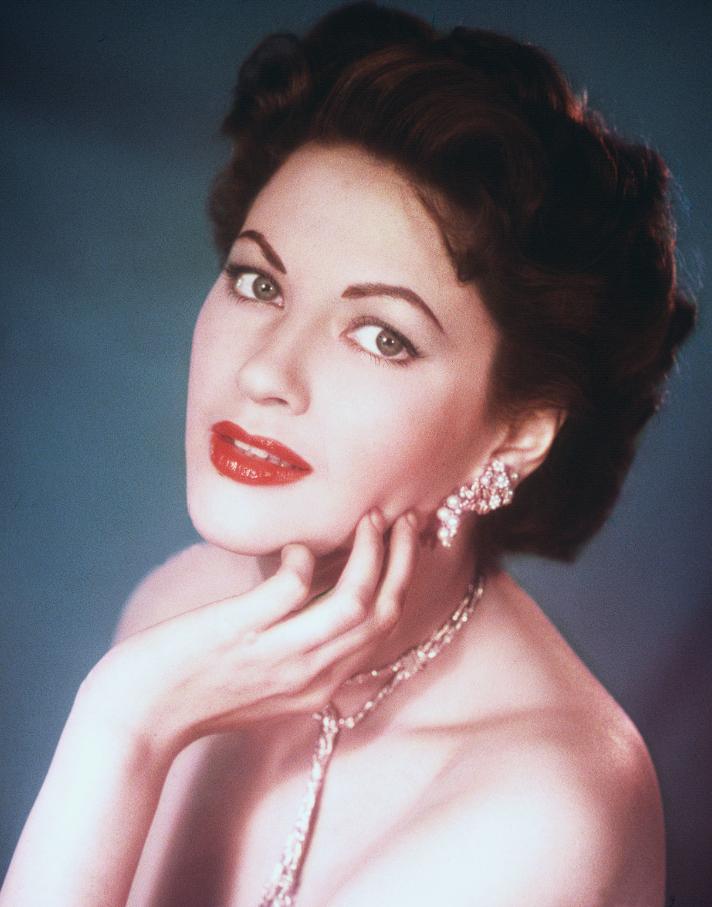Yvonne De Carlo: The Spellbinding Star Who Became America’s Gothic Matriarch
Before the world knew her as Lily Munster—with a shock of white in her jet-black hair and a smirk that hinted at mischief—Yvonne De Carlo had already conquered Hollywood in a dozen other forms. She was the desert temptress, the Biblical matriarch, the Technicolor gypsy queen. But more than anything, she was a woman who never let herself be boxed in.
Born Margaret Yvonne Middleton on September 1, 1922, in Vancouver, British Columbia, she was raised by a single mother who worked tirelessly to support her dreams. Theirs was a life of modest means but fierce ambition. Her mother believed Yvonne was destined for something more—and she was right.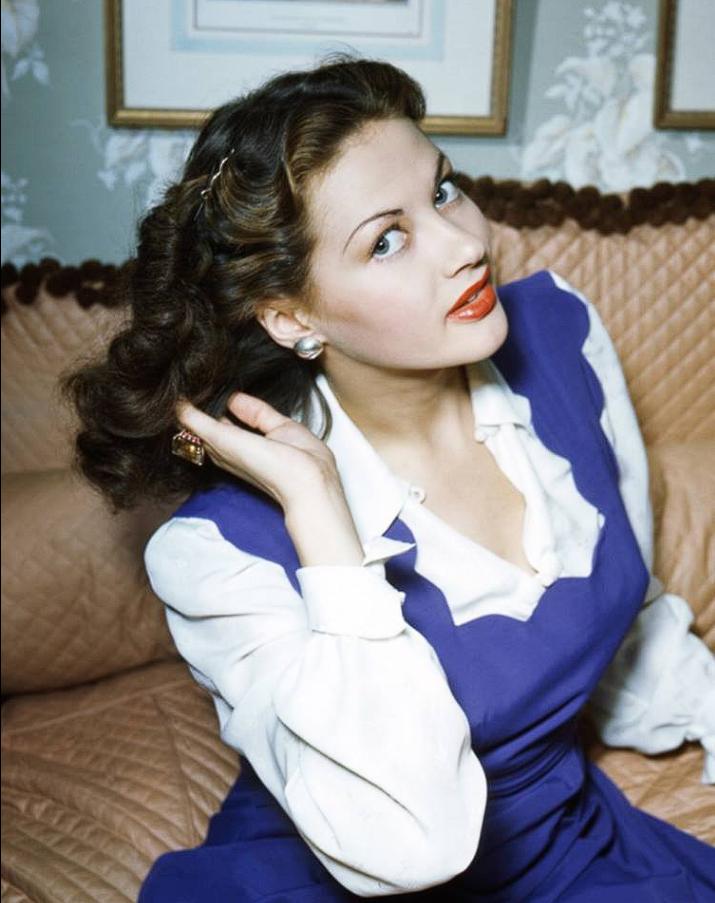
From Chorus Girl to Leading Lady
Yvonne’s early days in Los Angeles were filled with rejection, odd jobs, and dancing gigs that paid just enough to get by. But she never stopped chasing the spotlight. It was this tenacity, paired with her striking looks—dark hair, sharp cheekbones, a gaze that lingered—that finally drew Hollywood’s attention.
Universal Pictures saw star potential. During the 1940s, she became a fixture in their exotic adventure films, cast as harem girls, desert queens, and mysterious enchantresses. Movies like Song of Scheherazade and Slave Girl weren’t always critically adored, but De Carlo’s performances sparkled. She gave life to roles that could have been mere decoration, infusing them with wit, vulnerability, and sly intelligence.
Her breakout came in Salome, Where She Danced (1945), a Technicolor spectacle dismissed by critics but adored by audiences. The film may have faded, but De Carlo did not. From that moment on, she was a star.
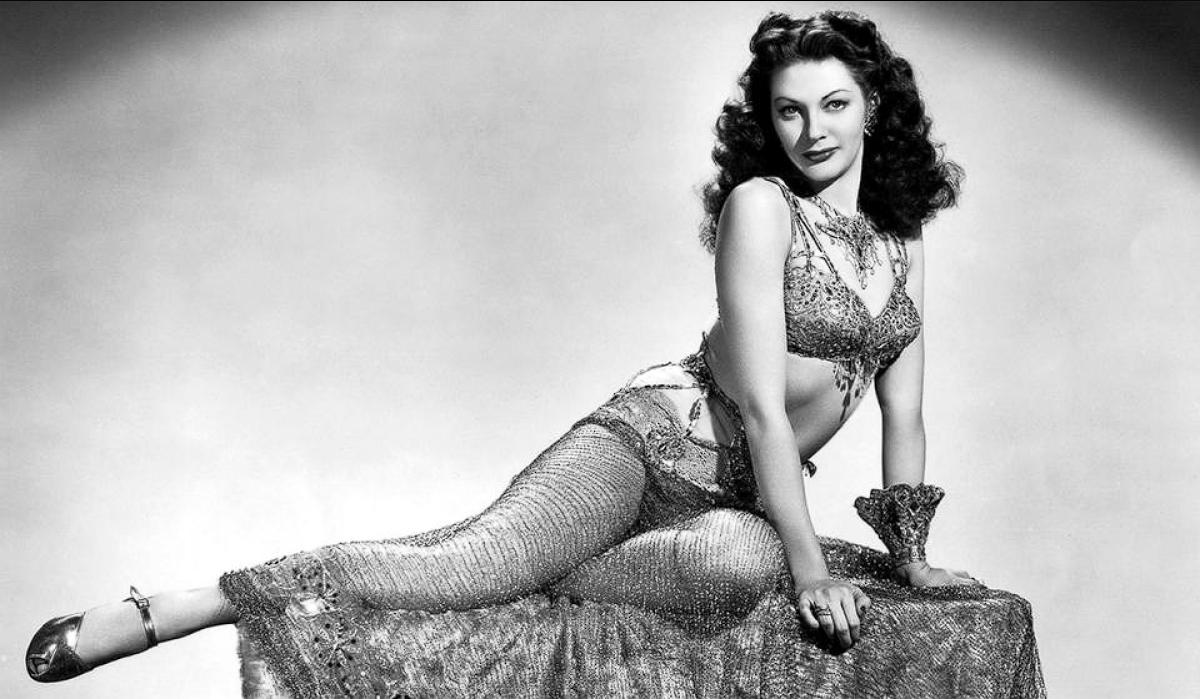
Holding Her Own in a Man’s World
In a male-dominated studio system, Yvonne carved a space for herself with sheer will and versatility. She could flirt with the camera like a classic screen siren but also charge through action scenes with grit and determination. In films like Criss Cross (1949) alongside Burt Lancaster or Band of Angels (1957) with Clark Gable, she didn’t fade into the background—she matched her co-stars beat for beat.
And then came The Ten Commandments (1956). Cast as Sephora, the devoted wife of Moses, De Carlo delivered one of the most quietly powerful performances of her career. The epic scale of the film, directed by Cecil B. DeMille, could have swallowed a lesser actress whole. But Yvonne held her own, grounding the spectacle with warmth, grace, and a deeply human dignity. For many, it was the moment she transcended her earlier typecasting.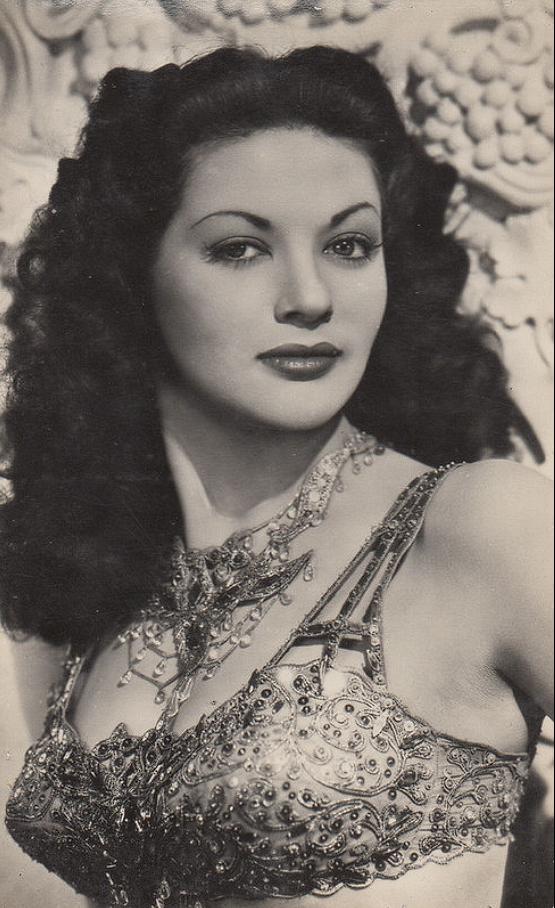
Reinvention on Television: The Munsters Era
By the early 1960s, the landscape of Hollywood was shifting. Glamour queens of the previous era were finding fewer roles. But Yvonne De Carlo didn’t fade—she pivoted.
In 1964, she returned to the spotlight in a most unexpected way: as Lily Munster on The Munsters. It was a risk. She was a seasoned film actress stepping into a quirky, low-budget sitcom about a family of monsters. But De Carlo brought a unique magic to the role. With her gothic glam, gentle sarcasm, and impeccable comedic timing, she turned Lily into an icon.
Here was a vampire-matriarch who could scold her Frankenstein husband, dust the coffin, and sing lullabies to a werewolf child—all while looking like a queen. De Carlo didn’t just survive the move to television—she redefined her stardom for an entirely new audience.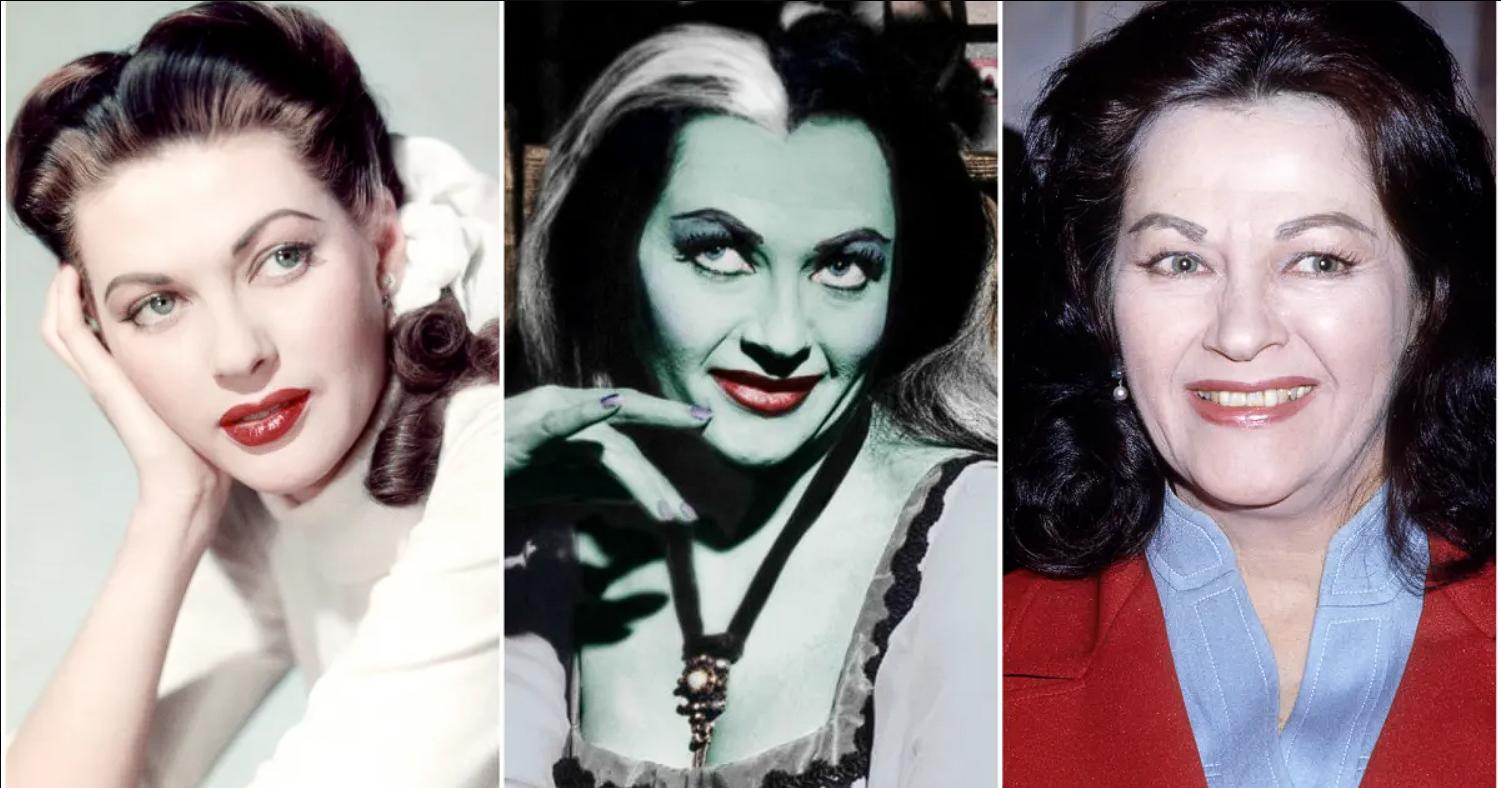
A Woman of Many Lives
Yvonne De Carlo’s life was marked by reinvention. She was a chorus girl, a pin-up, a leading lady, a comedic powerhouse, and even a musical theatre performer later in life. In every era, she adapted—without losing the essence of who she was.
She published her autobiography in 1987, Yvonne: An Autobiography, with the same candor and flair that marked her performances. She spoke of hardships and heartbreaks, of triumphs and regrets, always with the honesty of someone who had truly lived.
De Carlo passed away in 2007, leaving behind a career that spanned over five decades. But her legacy lingers—on late-night reruns, on classic film marathons, and in the countless actresses who, knowingly or not, walk the trail she blazed.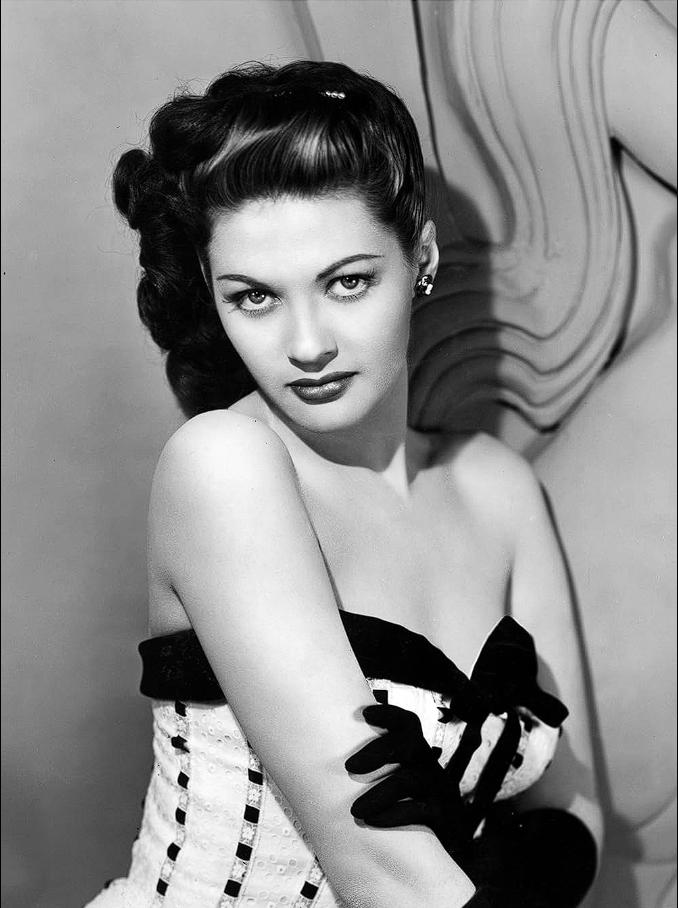
More Than a Munster
It’s easy to remember Yvonne De Carlo for the black dress and white streak, for the spooky charm of The Munsters. But to stop there is to miss the full picture.
She was one of the rare actresses who could cross the chasm between genres and decades, between glamour and comedy, between fantasy and realism. She was both the mysterious desert queen and the loving monster mom—and she played each with conviction.
Her power was not just in beauty, but in her refusal to stay still. In an industry that often discards its stars once they’re no longer ingénues, Yvonne De Carlo wrote her own story. Again and again.